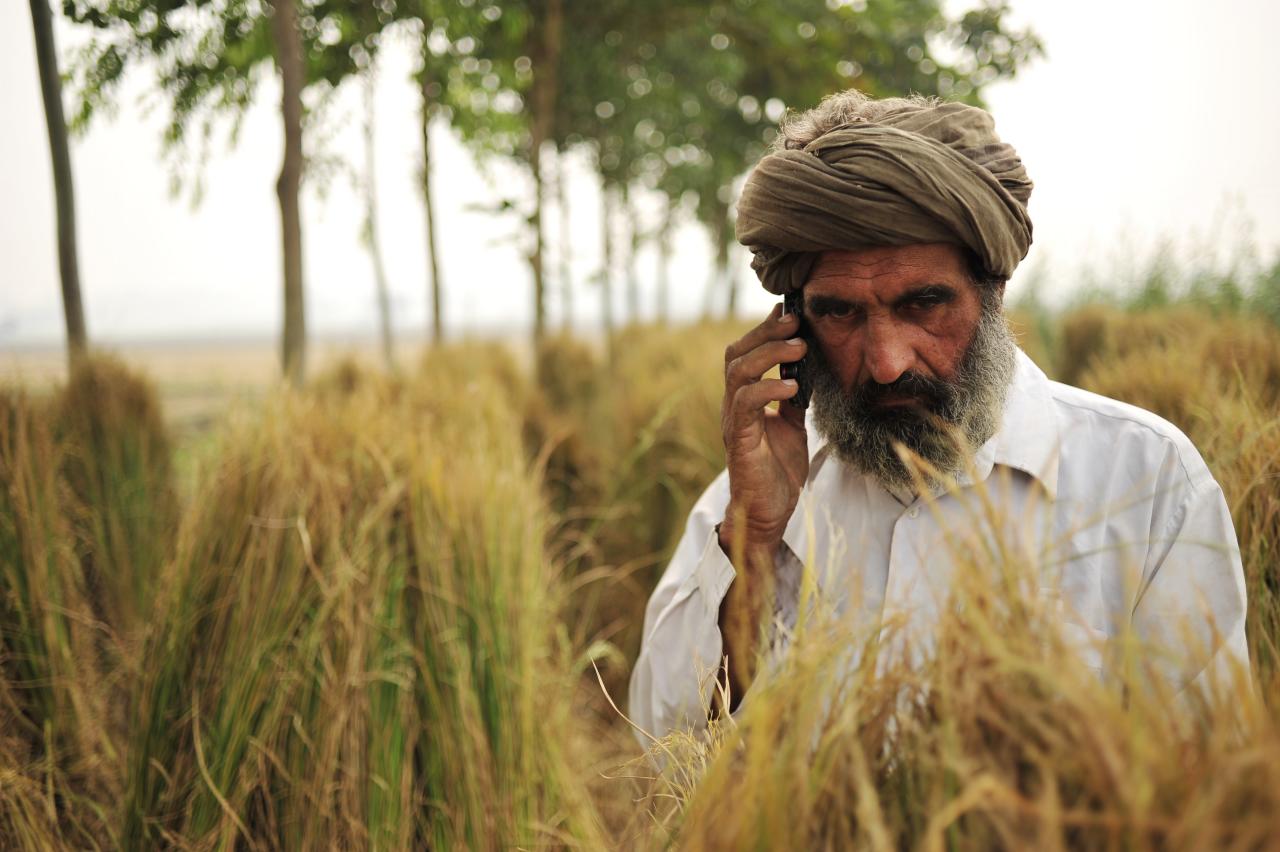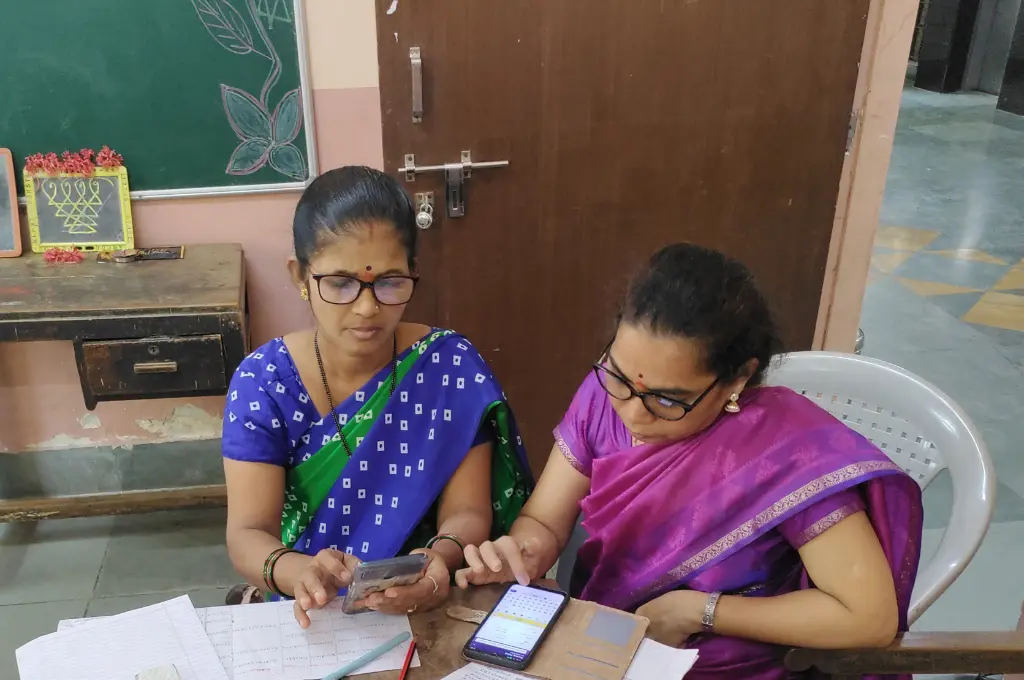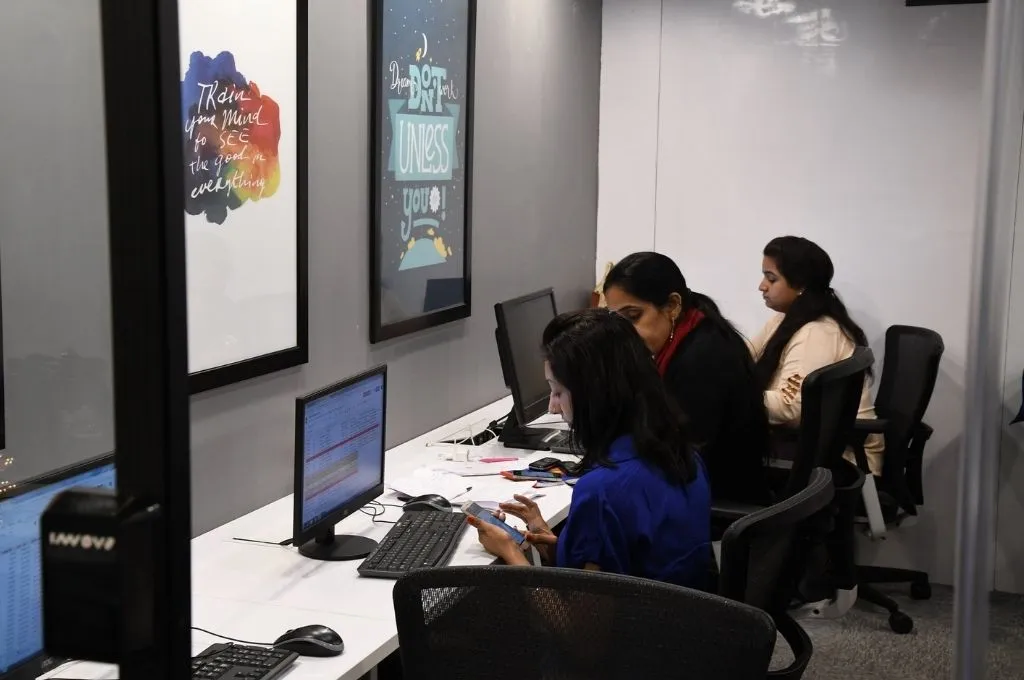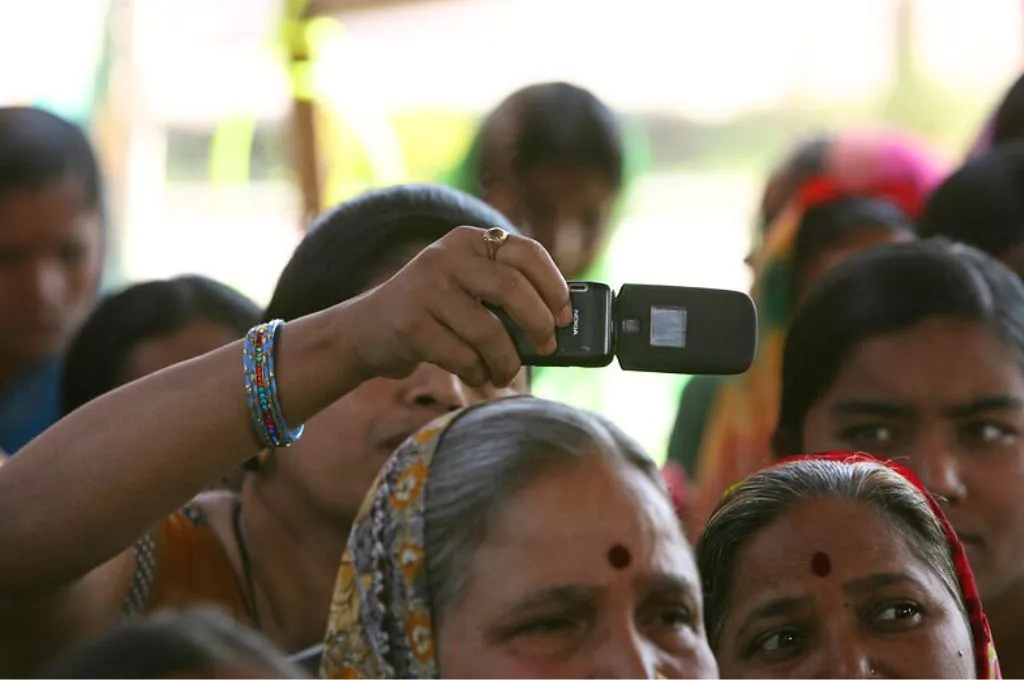The Government of India’s ambitious Digital India programme aims to transform India into a digitally empowered society and a knowledge economy. It has three parts to its vision:
- digital infrastructure as a core utility service to citizens
- governance and services on demand
- digital empowerment of citizens.
Digital infrastructure
We’ve seen a rapid expansion in the country’s digital infrastructure in the form of mobile telephony towers and optic fibre networks. The large scale penetration of smart phones and other devices has also contributed to making the hardware available to a large number of citizens.
The presence of this infrastructure is the first step in making services available to citizens on a digital platform. A decade ago core banking services were available only on a limited scale. Today there is a dramatic change with netbanking options being available virtually everywhere, thanks to the presence of data networks and connectivity across the country.
Related article: Civil society and the burden of data
Governance and services on-demand
This access to digital platforms by the masses has therefore allowed central and state governments to put increasing volumes of information online, from information on land records and various government programmes and schemes, to processes such as online applications, redressal of grievances, and the payment of fees and taxes.
[quote]Digital platforms improve efficiency of service delivery, and reduce response time and corruption.[/quote]These developments have created the possibility of governance and services on demand at a scale hitherto not considered feasible. They have increased the potential for improved efficiency of service delivery, reduction in response time, and reduction of corruption and undeserved arbitrage opportunities.
The extent to which these efforts will bear fruit over time though, depends on the extent to which citizens are digitally empowered.
Digital empowerment
Digital empowerment starts with access to the digital world. It includes the ability to confidently participate in the digital world, and reaches its desired goal when citizens can voluntarily, proactively, and creatively use the existing knowledge, as well as build on it.
Empowerment is different from inclusion. Inclusion is limited to providing a citizen access to devices and networks that can enable her to get the information and services necessary and appropriate for her. Empowerment, on the other hand, has an essential element of agency; without this, a citizen cannot be called digitally empowered.
If we revisit the vision of Digital India, in particular the first two aspects—digital infrastructure as a core utility service to citizens, and governance and services on demand—it would appear that the project serves the primary role of improving efficiency, reducing misdirection of resources, and improving speed. While entirely desirable, these are values that are external to citizens.

Picture courtesy: Flickr
Within this framework, instead of a hapless and powerless citizen trudging the offices of the state, we now find a hapless and uninformed citizen confronting a benevolent service provider who has designed a system to suit their purpose. Since it is not designed for the citizen, she cannot be considered digitally empowered; and digital empowerment is critical in a knowledge society and economy.
Today, India is perhaps in the early days of digital inclusion, rather than empowerment. Many barriers exist, not to mention side effects of the way in which the digital project is unfolding.
Barriers to digital empowerment
For rural India, apart from the availability and stability of network in some areas, skepticism around digital transactions is a real issue. For instance, the perception that digitally transacted engagements may not actually materialise in their ‘real world’.
[quote]There is a perception that digital transactions may not actually materialise in the ‘real world’.[/quote]Let us consider the example of online commerce. Users, including urban elites, often believe that the images and narrations of products sold on seller sites may not exactly correspond to the actual product. This suspicion tends to discourage wider use of these services.
Many public services offered on a digital platform also suffer from critical lacunae: confusing language in the user interface which makes the system unusable for the rural individual, and frequent network failures that prevent users from completing the process, tend to reinforce the expectation that one must have agents/people who understand the system, to avail of public services. This eventually discourages use of internet-based services among rural citizens.
There is a clear gender divide in the digital world. Women tend to have, if at all they have, rudimentary phones for voice calls; smartphones and other devices appear to be predominantly a male preserve. It is common knowledge that female literacy is lower than male literacy across sections of society, and this perhaps holds true in the case of English literacy as well. Since there is much overlap between English literacy and digital literacy today—largely due to the excessive use of English by most service providers—the gap between digital access by women and by men will only widen.
[quote]Smartphones and other devices appear to be predominantly a male preserve.[/quote]As an increasing range of state services are offered solely through a digitally accessible platform, women will become even more dependent on men, and hence more subservient to them. The state perhaps is content in not ‘deconstructing’ a rural household, but the gender differentiation is a matter of social concern. The digital drive will thus tend to reinforce patriarchy in Indian society.
It is therefore not surprising that many women prefer to opt out of digital transactions altogether by surrendering their ATM cards in favour of the paper transactions needing their personal interventions.
Related article: Want empowered women? Start thinking about how to help young men
Our research has shown that generally, better off, higher caste, and more securely employed households and individuals show a higher degree of digital readiness and smart device adoption.
Digital inclusion is expected to open a new world of knowledge, information and opportunities. These will thus be captured first by the better endowed. As a result, the drive towards digital inclusion today reinforces and potentially widens existing gaps between the haves and the have-nots.
As of now, no specific public or civil society programme addresses this issue. It is believed that the installation of e-kiosks in villages, where access to digitally provided services will be made available for a fee, may mitigate this potential side effect. Whether this becomes a new layer of gate keepers who may end up rent-seeking from the excluded remains to be seen, but no obvious alternative is visible.
[quote]There is much overlap between English literacy and digital literacy—of the 70 public service websites assessed, only two offered a customer interface in vernacular.[/quote]In an exercise we did, we discovered that of the 70 public service websites assessed, only two offered a customer interface in vernacular; the rest were all in English. There maybe genuine difficulties in offering a vernacular user interface, but the current situation creates a huge overlap between English and digital literacy. Quite unintentionally, this results in a perverse perpetuation of colonial snobbery. It is as though the public service providers have decided that you are worthy of obtaining digitally provided services only if you know English.
The tortuous path to digital empowerment and to the knowledge economy
A knowledge society and economy is one in which organisations are built to further the limitless development of people through creating, mass-produced and mass-utilised knowledge. It recognises all people as potential owners and creators of knowledge and hence requires openness, freedom, and democracy for furthering the progress towards a knowledge society.
When viewed in this broader and perhaps ideal context, where do we stand? As argumentative Indians we recognise the widespread distribution of knowledge; and our democratic institutions guaranteeing freedom of expression allow for the wide distribution of this knowledge.
But, access to the digital world is limited in rural India by technology. It is substantially hindered by economic status that defines the ability to own and use smart devices. And it is most unnecessarily obstructed by imposing English literacy as a pre-condition for being full members of the new knowledge community. All these factors seem to detract from the possibility of progress towards the goals of digital empowerment.
India has perhaps only recently launched its movement towards this laudable goal. We hope that these various impediments will slacken their debilitating influence over time.
This article has been adapted from an essay published for the conference ‘Rural India: Blossoming in neglect’, hosted by VikasAnvesh Foundation. The full essay can be found here.







